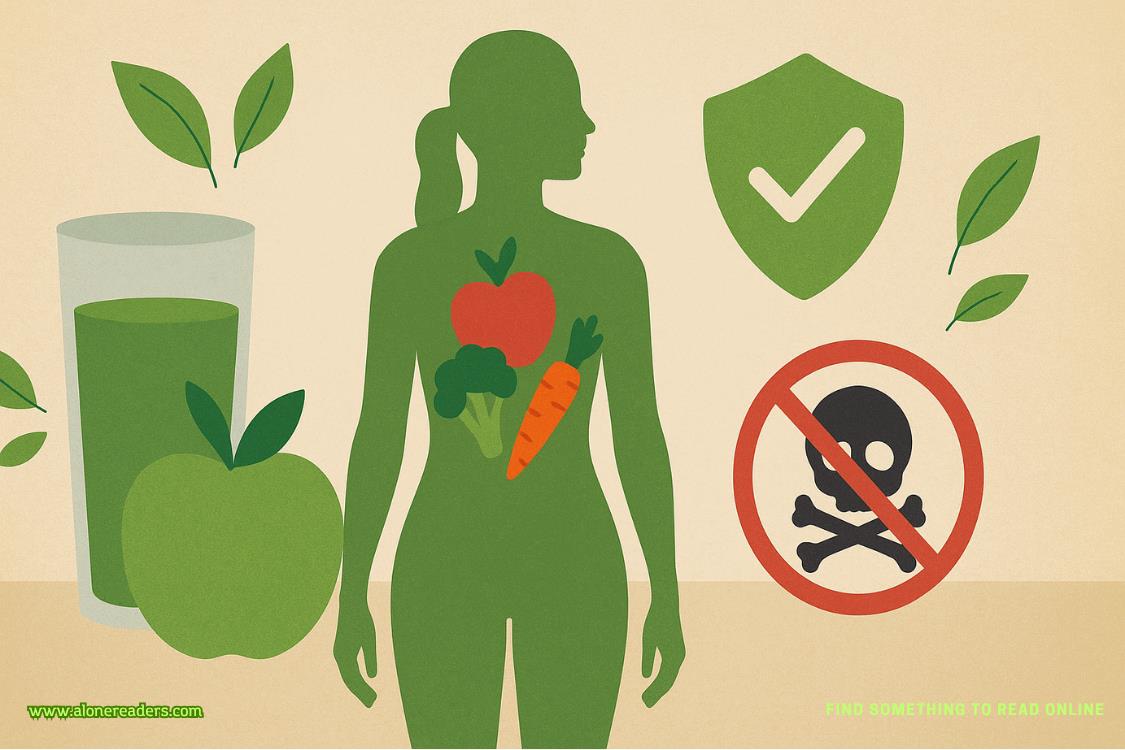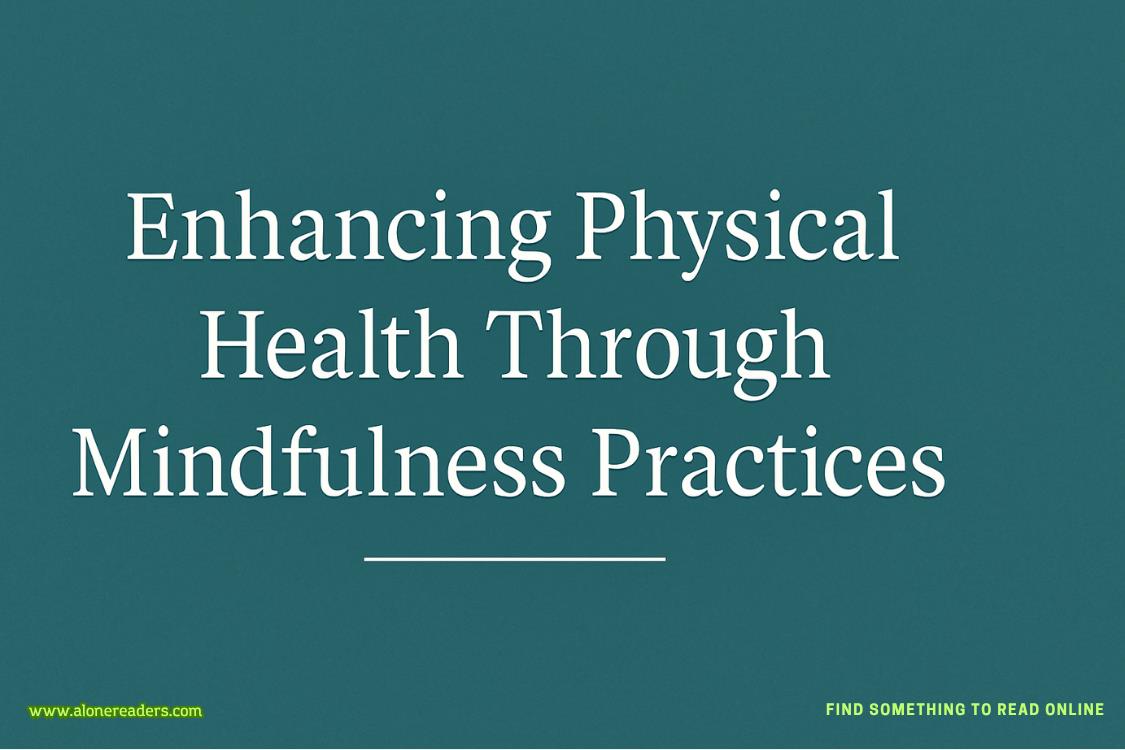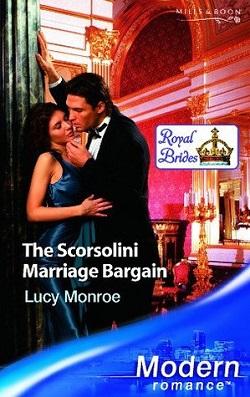Owen looks up. “What about it?”
“I think we should remove it.” The words come out in a rush. “It breaks up the space awkwardly, especially with the open concept layout. Without it, everything feels more expansive, more connected.”
He blinks. Then goes still. “That’s a structural beam. Not decorative.”
“I know. But with the reinforced trusses we added and the load-bearing perimeter, I’m not sure it’s still needed. We basically rebuilt the entire frame.”
“It supports the loft,” he says, and I can hear the edge forming in his voice. “Removing it compromises the upper structure.”
“I’ve been researching alternatives,” I say, pulling up diagrams on my tablet. “We could redistribute the load to the walls, reinforce the loft. It’s doable.”
He barely glances. “It’s unnecessary. The beam stays.”
“Can you at least look?” I push. “This isn’t just about how it looks. It visually chops the space in half. In a tiny house, that matters.”
“What matters is that it doesn’t collapse,” he snaps. “I’m not trading stability for aesthetics.”
“It’s not a trade,” I say, exasperated. “It’s adesign solution. And it feels like you’re refusing to even consider it because it’s not your idea.”
Owen’s jaw tightens. “I’m refusing because structural safety isn’t up for debate.”
“Don’t condescend,” I say, heat rising. “Just because I’m not a builder doesn’t mean I don’t understand the implications. I’ve done the work.”
“Reading DIY blogs is not structural engineering,” he says, gathering his notebook like the argument’s over.
“Then let’s get a structural engineer,” I snap. “Bring in someone objective who can actually assess the risk.”
Owen pauses, studying me with an intensity that would be unsettling if I weren’t equally fired up. “You want to pay a structural engineer to tell you what I already know?”
“I want an objective assessment,” I counter. “If I’m wrong, I’ll drop it. But if there’s a chance to open the space without compromising safety, don’t we owe it to the house to try?”
For a beat too long, I think he’ll flat-out refuse. Then, with visible reluctance, he nods once. “Your money. Your house.”
“Our project,” I correct, meeting his eyes. “And I value your expertise, Owen. I do. But I also believe in questioning assumptions when the stakes are high.”
He doesn’t respond, just refocuses on the schedule with a little too much intensity. “Drywall starts tomorrow. Any changes need to happen before then.”
“I’ll call first thing,” I say. It’s not a win, but it’s not a loss either.
We finish reviewing the schedule in taut silence. When we part ways, it’s with stiff nods and minimal conversation. As I walk back to the camper, doubt creeps in. Maybe I overstepped. Owen’s the professional. I’m just the homeowner who bought this place after too much champagne. But that beam—it’s never sat right with me. Not just how it looks. What it represents. A divide. A limitation disguised as support.
Or maybe I’m just projecting onto the lumber. Wouldn’t be the first time.
“The beam isnon-load-bearing in its current configuration.”
Adele Reyes, the structural engineer I managed to book on zero notice, says it without ceremony. She’s in her fifties, silver-streaked ponytail, no-nonsense tone. The kind of woman who’s spent her life telling men they’re wrong about buildings—and being right.
“The original framing relied on it,” she continues, pointing to the house plans spread across the makeshift work table. “But with your modified trusses and reinforced framing, the load’s been redistributed. This beam? Cosmetic.”
I resist the urge to shoot Owen a triumphant look. He stands beside her, arms crossed, jaw tight, eyes on the blueprint.
“You’re certain?” he asks, voice even. “Removing it won’t affect loft stability?”
“Not with reinforcement at these connection points,” she says, marking spots on the plan. “These need bolstering, but structurally, the beam’s obsolete.”
Owen processes this like he does all decisions—with intense focus and silent recalculating. “Thanks for your time,” he says. “Could you note those reinforcements on the plans?”
While they talk technicals, I step back, giving him space. I hadn’t expected to be right, not really. I was ready to drop it. But now that I have confirmation, the win feels weirdly bittersweet. Validation is nice. Making Owen second-guess himself? Not so much.















